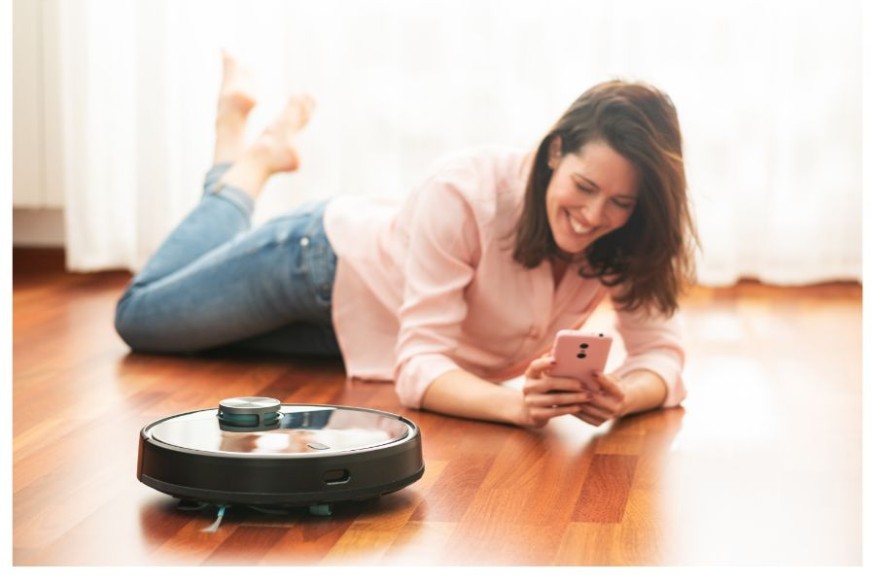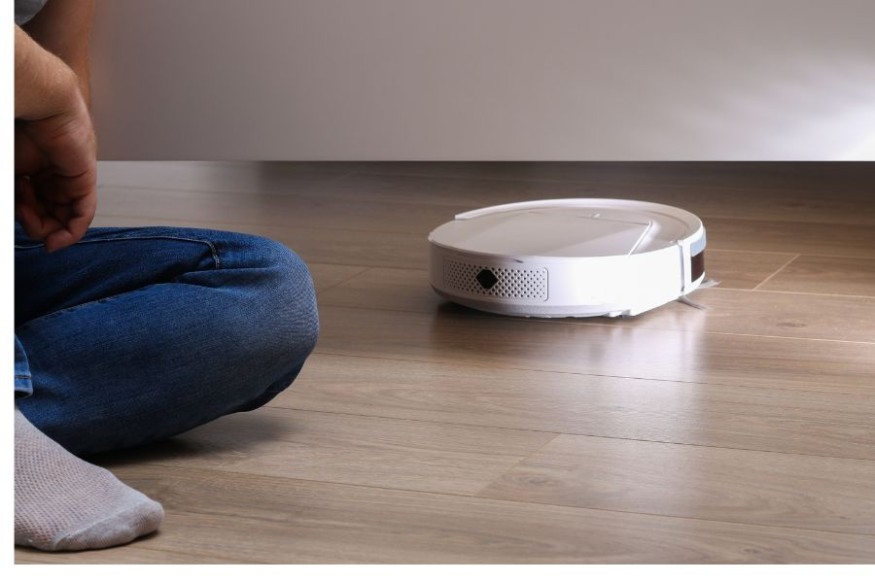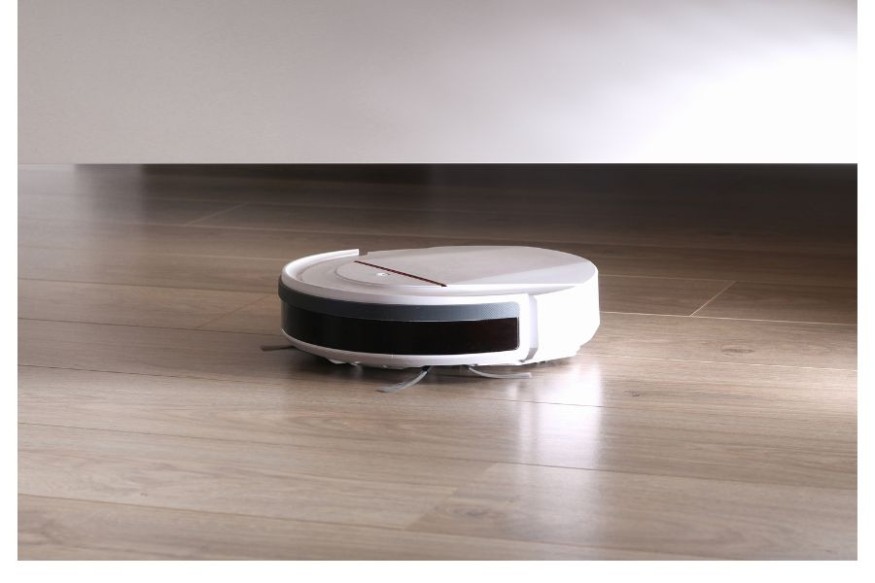
From TVs to switchboards to cameras and even vacuums, nowadays, all common household appliances have a tiny computer. While this tech has undoubtedly made lives drastically easier, it also has certain limitations and threats due to misuse.
No device is 100%, and robot vacuum cleaners are no different. Users are concerned that if these devices with cameras (used for mapping and navigating floors) are hacked, they can become dangerous surveillance equipment.
This guide discusses the truth of such concerns and outlines ways to minimize the chances of these concerns becoming a reality.
Why Are Robot Vacuum Cameras at Risk of Being Hacked?
Robot vacuum cleaners are a type of Internet of Things (IoT) device (in other words, smart home devices) with advantages like automated cleaning and time-saving convenience. These devices have sensors, cameras, microphones, software, and other technologies that allow them to work in a network together using the internet. All devices from your voice assistant (like Alexa or Siri) to your smart security system and smart thermostat are examples of IoT devices.
When all this technology works together with varying levels of security protocols (every device has its own), there can be vulnerabilities. For example, you may be using weaker or predictable passwords that hackers or cybercriminals can easily guess and bypass. Or, one or two of the devices in your smart home network may have lower security barriers that hackers can compromise.
There can be a number of other ways hackers do this, but the core problem for automatic vacuum cleaners is the level of their security technology. If you have a smart vacuum that has excellent security features, you really don't have anything to worry about.
How Can Hackers Access Your Robot Vacuum Camera?

There's no cap on how creative hackers can be when hacking or exploiting the vulnerabilities of robot vacuums, so there's no way of knowing all possible ways of breaking into them—and pretty much any other piece of tech.
However, there are sure to be some common methods here. For example, one way hackers hack a robotic vacuum cleaner is by exploiting their firmware or API (software, in simple words) to access and control the device and its data. Another is network infiltration, where hackers try to intercept signals between the smart vacuum cleaner and the Wi-Fi it's connected to. Similar to the last hacking method, once they gain access to your network and thus the automatic vacuum, they can use it for surveillance.
Last but not least, phishing. It is perhaps the most common hacking method where hackers send over malicious links to users via the internet. Either these links are downloading a piece of malware disguised as software or a sign-up form to some app. When a user downloads anything or signs up using that link, hackers are able to access their data and, thus, their device.
What Are the Potential Consequences of a Hacked Robot Vacuum Camera?

Data collected by the cameras is sent to the central motherboard for processing, which then makes maneuverability decisions for the whole robot. Robot vacuum cleaners are equipped with Lidar sensors and cameras that allow them to observe their surroundings.
When the cameras are recording everything, a hacked smart vacuum would immediately result in a sheer breach of your privacy. As such, hackers will survey the insides of your home and even monitor where you keep your precious items. They'll either use this information to burgle your house themselves or sell the info to local burglars for a profit.
Another potential consequence is that the hackers instead record details about all the members of your household, create profiles for each, and then sell that data to third parties. These third parties can be anyone, from secret agencies to advertisers to other cybercriminals.
However, perhaps the most painful part could be that hackers use their access to your automatic vacuum to access other devices in your smart home system. The most dangerous of all could be your smartphone, which could open you to another world of dangers, from blackmailing to bullying to coercion.
How Can You Protect Your Robot Vacuum from Being Hacked?

"To protect your smart vacuum from being hacked, the first thing you need to ensure is that you buy a model with built-in security features, such as AES-128 encryption and secure authentication protocols (i.e., 2FA). Even if you have to pay a premium for such features, it's worth it—better safe than sorry.
Once you're done there, be sure to use stronger passwords for all your IoT devices, including the robot vacuum. Then, update its firmware (or software) regularly, as they contain security updates, too. Using a secure Wi-Fi is almost just as important as well, as hackers typically enter your smart home network through your Wi-Fi," mentions a spokesperson from Ecovacs.
A bonus tip is regular monitoring: when you keep checking the activity logs of the devices in your network, you'll be aware of any other suspicious devices trying to or having access to your smart home network. Timely diagnosis of any such activity would lead to a timely solution.











